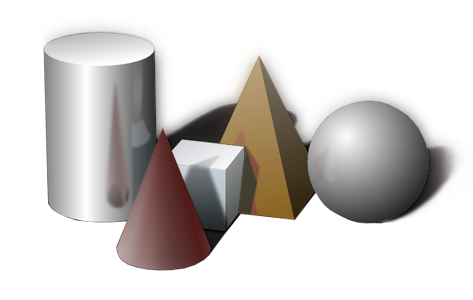first principles ?
SHAPE
The hemispheric dome stands out for aerodynamics, strength (above and below ground) and unbeatable surface to volume efficiency, all thoroughly documented online.
Domes have a historic track record of survivability & are first to come to mind when thinking of nature's strongest shapes. When durability is critical the hemisphere appears in biodomes, nuclear plants & the extreme structures of ocean, space & arctic exploration.

The smooth seamless interior dome surface is usually the display of choice for immersive environments from planetariums to flight simulators.
SIZE... 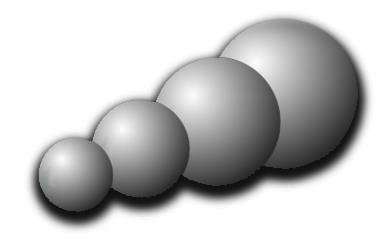
The benefits of a smaller, more adaptive & transforming space have been well documented in the media over the last few years, with mobility topping the list.
The Orbio sacrifices a degree or two of mobility in favor of expanded digital real estate. This space widens your field of i/o differently than goggles or glass; permitting a more ambient background wallpaper, or a relaxed group experience. While some tasks are best funneled through desktop, mobile or headset devices, others could be optimally experienced in a more passive or immersive environment.
The small orb format makes it easy to adjust a home or business size as needed by adding or removing specialized orb spaces, potentially reducing the need to re-locate as needs change.
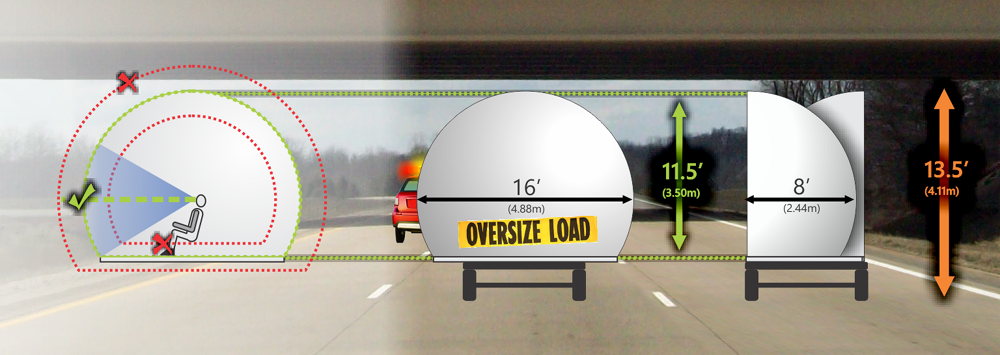
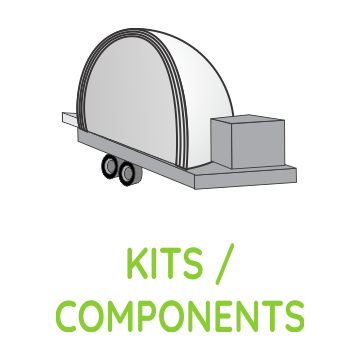 Partial to full pre-fabrication can reduce or eliminate the negative impacts of on-site construction like noise & dust.
Partial to full pre-fabrication can reduce or eliminate the negative impacts of on-site construction like noise & dust. A modular orb can be transported as two 8' wide halves on a single trailer, joined on site, and re-located more easily than a wide-load device.
A modular orb can be transported as two 8' wide halves on a single trailer, joined on site, and re-located more easily than a wide-load device.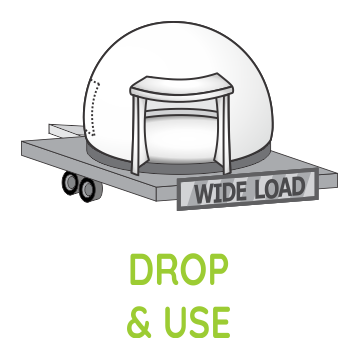 The full-width orb can be factory built for maximum strength & seamlessness and delivered or moved like a mobile home.
The full-width orb can be factory built for maximum strength & seamlessness and delivered or moved like a mobile home.
MATERIALS 
The Orbio is made from fiberglass reinforced plastic & polyurethane foam insulation.
These materials are not the first to come to mind when thinking 'eco' ~ however properties like resistance to fire, water, mold, rodents, insects, physical trauma & construction waste, indicate that these materials have substantial advantages. The longer lifespan and lower amount of repetitive maintenance may, in the long run, result in less negative environmental impact than seemingly more eco-friendly materials that can need footprint-heavy re-coating, refinishing or replacement more often. FRP can be finished with a smooth & seamless surface. Kevlar® or carbon fiber options can further adapt the Orbio to extreme-strength circumstances.
Liquid based 'additive' construction materials (from concrete, plasters & cements to fiberglass reinforced plastics and polyurethane foam insulation) conform to shape and are ‘built up’ as opposed to cut from larger pieces, leaving little to no waste. These additive materials can be adjusted in thickness, structural strength, insulation capability, sound proofing, fire resistance & other qualities. Liquids cure into a singular unified object. Traditional building materials that are glued, stapled, nailed & screwed together can suffer structural and efficiency losses over time as they shrink, expand and behave independently when exposed to moisture, temperature variation and other factors.
Liquid based composites minimize construction waste, and are undergoing continual improvements in eco-friendliness.




